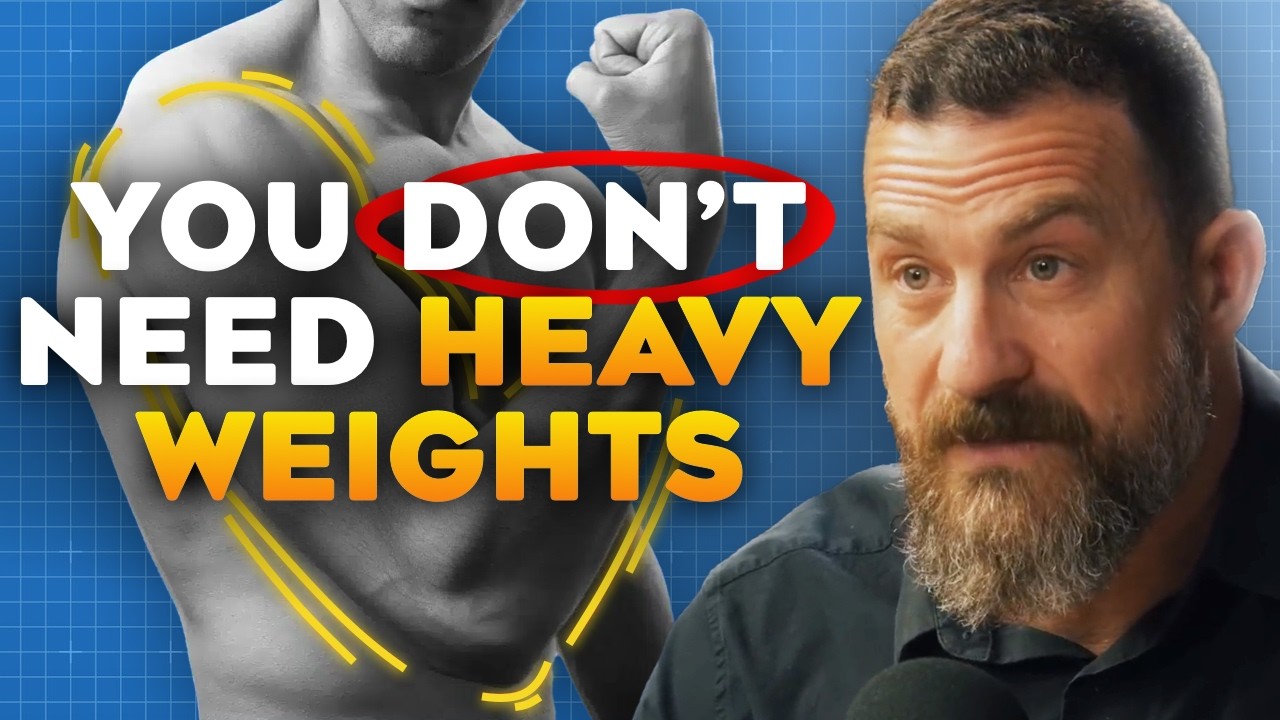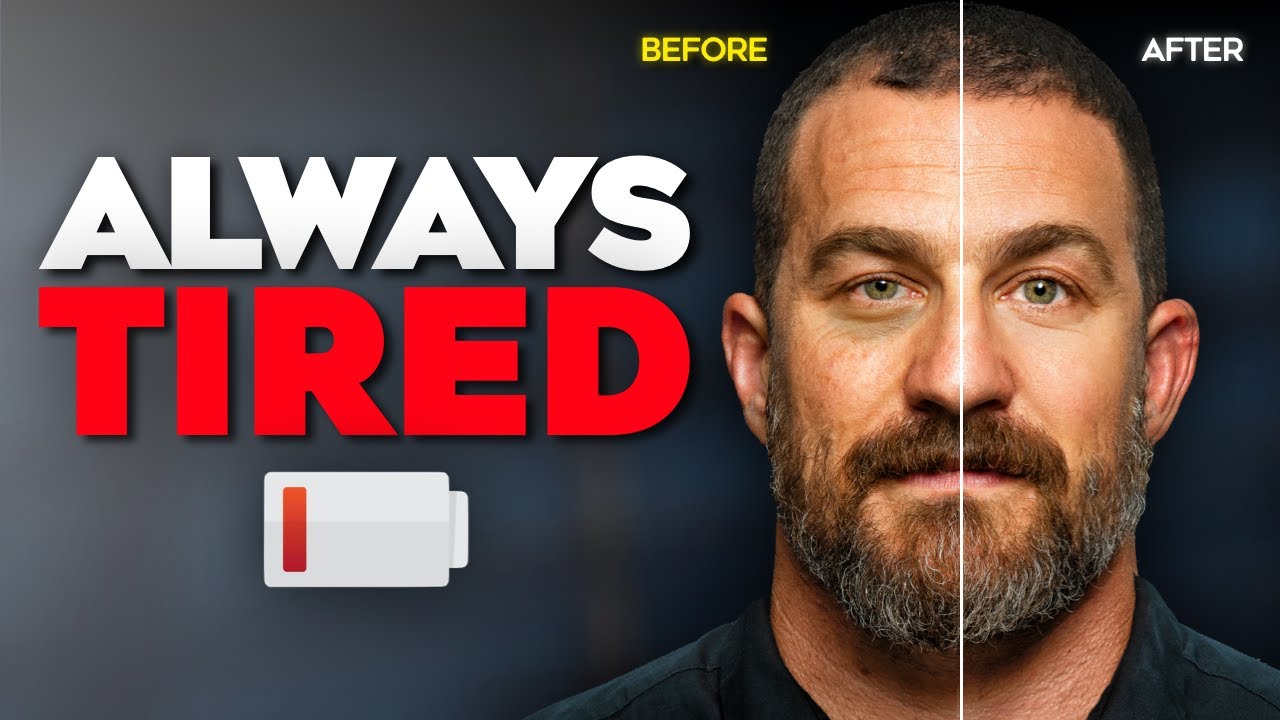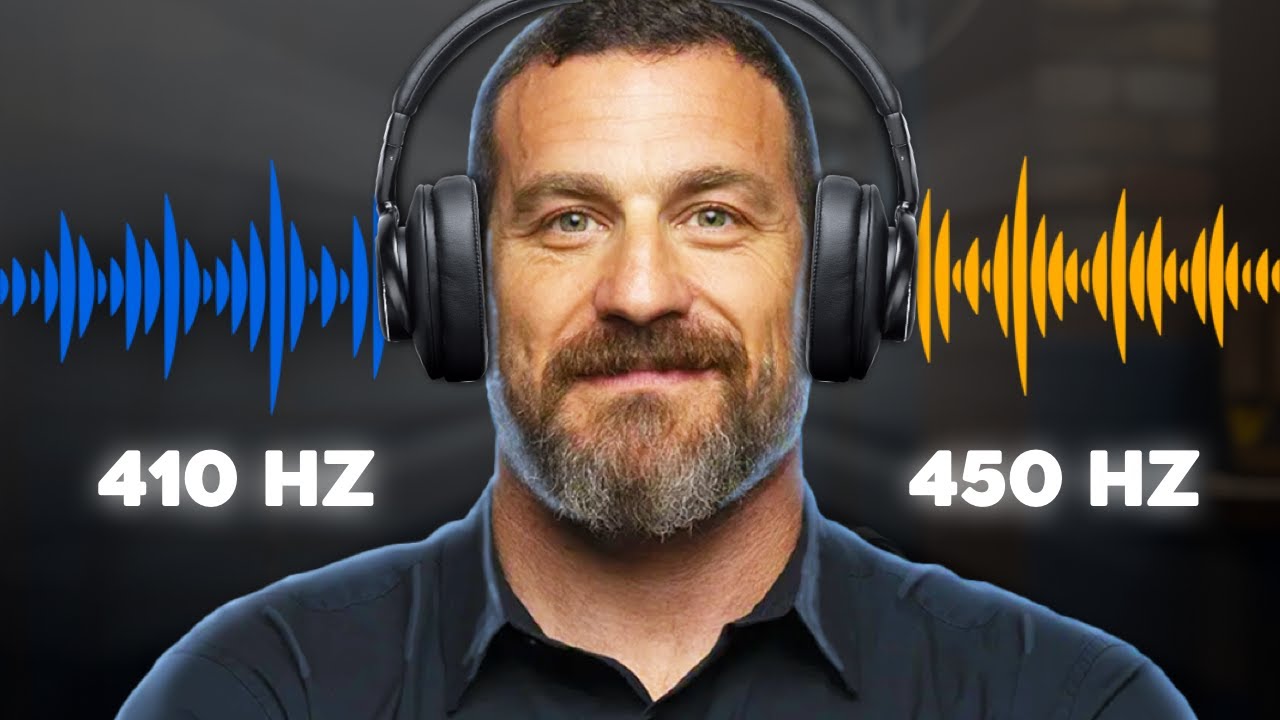For decades, the fitness world has promoted the idea that building muscle requires lifting the heaviest weights possible. While progressive overload remains a cornerstone of strength development, recent research reveals a more nuanced truth: you don’t need to train like a powerlifter to grow bigger, stronger muscles. In fact, understanding how the nervous system interacts with muscle fibers can unlock greater gains — even with moderate loads.
As a seasoned nutritionist and professional chef who’s worked with athletes, clients battling age-related muscle loss, and everyday fitness enthusiasts, I’ve seen firsthand how strategic training, combined with nutrition, trumps brute force. Here’s how you can harness the power of your nervous system and smart training variables to grow lean muscle effectively — without risking injury from excessively heavy weights.

The Nervous System: The Hidden Driver of Muscle Growth
Muscles don’t operate in isolation — they’re controlled by your nervous system. Every movement, contraction, or flex is initiated by a neural signal that travels from your brain through your spinal cord to specific muscle fibers. When your goal is hypertrophy (muscle growth), strengthening this nerve-to-muscle connection is crucial.
This explains why beginners often see rapid progress: their nervous systems are adapting to activate more muscle fibers efficiently. You’re not just building muscle tissue — you’re training your brain to “talk” to your muscles more effectively.
The Optimal Load: 30–80% of Your One-Rep Max
You don’t need to lift at 90% of your one-rep max (1RM) to trigger muscle growth. Studies over the last three years consistently support a more flexible and safer approach: working within 30–80% of your 1RM leads to significant hypertrophy and strength improvements.
This means whether you’re using moderate dumbbells, resistance bands, or body weight, you can still build muscle effectively — as long as you follow the right protocols.
✅ Pro Tip: Calculate your 1RM (the maximum weight you can lift once with good form), then base your working weight on a percentage of that. For example, if your 1RM for squats is 200 lbs, working sets between 60–160 lbs fall into the optimal range.

Volume Matters More Than Load Alone
Muscle growth is about consistency and total workload. Whether you’re new to resistance training or have a few years under your belt, the number of sets you perform weekly per muscle group plays a major role.
- Beginners (0–2 years of training): Aim for 5–10 sets per muscle group per week.
- Intermediate to advanced lifters: Target 10–20 sets per week, depending on recovery and goals.
Each set should be performed close to muscular failure — the point where you can’t complete another rep with good form. However, not every set needs to be “to failure.” Research suggests only about 10% of your sets should push to that extreme intensity. This prevents nervous system fatigue and overtraining.
Maintaining vs. Building Muscle
If you’re not aiming to grow but want to preserve muscle mass (especially important as we age), five challenging sets per week per muscle group may be enough. However, for those wanting to increase muscle size, 10–15+ weekly sets are typically needed.
Skipping resistance training altogether leads to:
- Loss of lean muscle mass
- Slower metabolism
- Poorer posture
- Decreased mobility and strength
These changes are especially significant after age 30 — making muscle maintenance a non-negotiable part of healthy aging.

Mastering Mind-Muscle Connection
One of the most overlooked tools in training is the ability to consciously contract a muscle without external resistance. This mental skill enhances the neural drive to muscles and increases efficiency.
You can test your own connection by deliberately flexing different muscle groups — say your glutes, lats, or quads — without weights. If you can generate a strong contraction using only focus and tension, you’ll likely need fewer sets to stimulate growth.
✅ Pro Tip: Incorporate “flex holds” for 30 seconds between work sets — such as squeezing your quads or biceps. This boosts local muscle stress and improves neuromuscular activation.
How Fast Should You Lift?
Many gym-goers obsess over rep tempo. In truth, anywhere from 0.5 to 8 seconds per rep can work for hypertrophy. What matters most is maintaining control, maximizing tension, and completing full ranges of motion.
For hypertrophy-focused workouts:
- Emphasize a slow, controlled eccentric (lowering) phase
- Brief pause at the bottom
- Strong, intentional concentric (lifting) movement
Rest Intervals and Recovery Between Sets
Another myth? That short rest times are always best. For optimal strength and hypertrophy gains, aim for:
- 2 to 5 minutes of rest between sets
- More rest for compound movements (e.g., squats, deadlifts)
- Less for isolation exercises (e.g., bicep curls, leg extensions)
Longer rest allows better performance in subsequent sets and reduces overall fatigue on the nervous system.
Best Time of Day to Train?
Here’s the good News: when you train matters less than how consistently you train.
While afternoon sessions may offer slightly better performance due to core body temperature and hormone rhythms, muscle growth and fat loss results are not significantly impacted by time of day.
What’s more important:
- Training at the same time each session
- Getting quality sleep
- Eating appropriately around your workout window
✅ Pro Tip: Try training 30 minutes, 3 hours, or 11 hours after waking. These windows often align with optimal body temperature and cortisol levels for performance.
Expert-Approved Meal Tips for Muscle Growth
Pair your training with smart nutrition to accelerate results:
- Protein: 20–40g of high-quality protein (like eggs, fish, Greek yogurt, or a whey shake) post-workout
- Carbs: Include complex carbs (quinoa, oats, sweet potatoes) to replenish glycogen
- Healthy fats: Don’t neglect omega-3s (salmon, flax, chia) for recovery and hormone support
- Hydration: Aim for at least half your body weight (in pounds) in ounces of water daily
🍴 Sample Post-Workout Meal:
Grilled salmon, quinoa with olive oil and lemon, sautéed spinach, and a side of mixed berries.

Final Thoughts: Train Smarter, Not Just Harder
Building muscle doesn’t require lifting the heaviest weight in the gym. Instead, focus on:
- Using loads in the 30–80% 1RM range
- Hitting weekly volume goals per muscle group
- Honing your mind-muscle connection
- Avoiding overtraining by managing recovery
Whether you’re starting your fitness journey or refining your current routine, aligning your nervous system, muscles, and nutrition can unlock a new level of strength and vitality.



